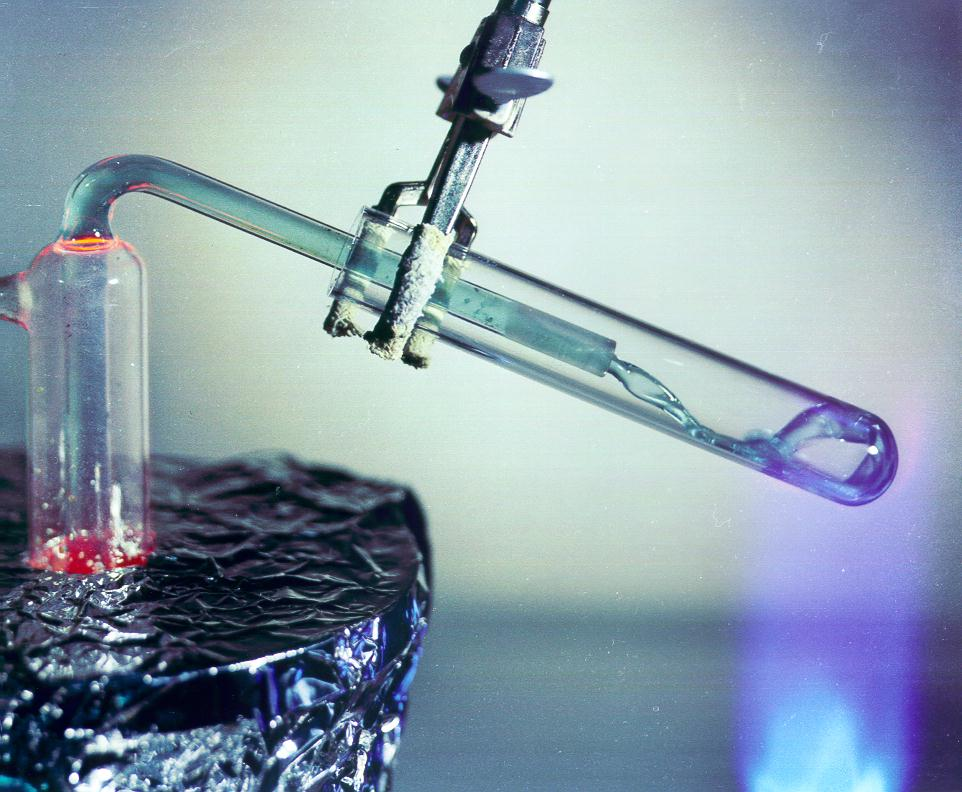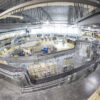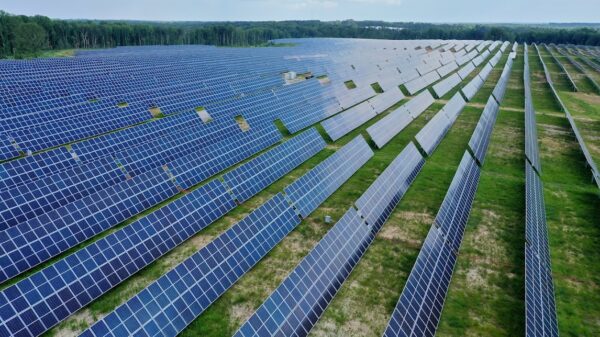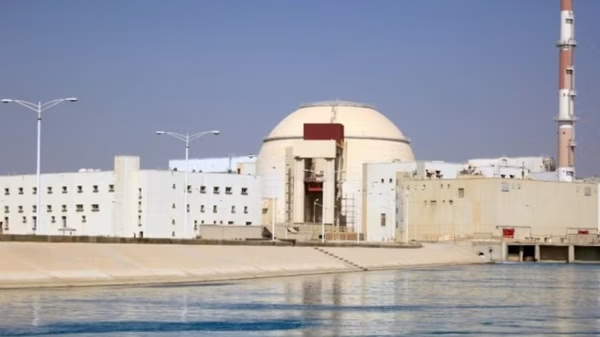Major American energy company, Southern Company and the Idaho National Laboratory (INL) completed the first run of a test bed for an operational molten salt nuclear reactor.
Reported on Wednesday, the two companies expect to have the next generation reactor operational within the next decade.
Next-generation nuclear reactors, known as Gen IV power plants, will most likely use molten salt technology. These plants replace radioactive fuel rods and water-coolant systems with a salt slurry mixed with nuclear fuel. Furthermore, these signs offer numerous advantages over older designs.
Molten salt nuclear reactors (MSRs) provide greater safety than traditional nuclear power plants because they operate at much lower pressures, reducing structural stress and the risk of failure during an accident.
These reactors also use unique passive safety mechanisms to prevent nuclear disasters. Some plants include a “freeze plug” in the reactor chamber. The system maintaining the plug in a frozen state shuts down during a power failure, causing the salt to melt.
This process allows the salt-fuel slurry to drain passively into underground tanks, where it safely cools. If the reactor overheats, the slurry expands, spreading out the nuclear fuel and making fission more difficult. Consequently, this effectively shuts down the plant.
Molten salt nuclear reactors operate more efficiently than their predecessors. Additionally, they can use waste materials that previous nuclear processes did not fully consume. They also generate less waste, which decomposes faster than traditional spent fuel rods. Their relatively small size allows for modular deployment as needed.
Read more: Government of Canada invests over $300M in next generation nuclear options
Read more: Department of Energy inks deal with six companies for low-enriched uranium
Prototype furnace created fuel based on denatured uranium
One of the major challenges of MSRs is that the extremely hot molten salt damages anything it contacts.
This is where the joint project between Idaho National Labs, Southern Company, and TerraPower comes in. The project, known as the Molten Chloride Reactor Experiment (MCRE), reached a significant milestone just last month.
It announced that its prototype furnace successfully created fuel based on denatured uranium at a rate of 18 kg (39 lb) per batch. While this is far from the three and a half tonnes the reactor will eventually need to reach criticality, it’s a start, and the fuel is being produced with 90 per cent efficiency.
The MCRE project has successfully completed its Molten Salt Flow Loop Test Bed, which aims to develop a reactor that can withstand the corrosive effects of molten salt.
This closed system, made from stainless steel, contains a slurry of lithium chloride-potassium chloride salts.
As the salts circulate, scientists can adjust properties like temperature without interrupting the flow. This allows them to study next-gen nuclear fuels in real time as they circulate.
“Most test loops focus on testing the structural materials,” said Ruchi Gakhar, lead scientist at INL’s Advanced Technology of Molten Salts department.
“After a few hours of operation, they dismantle the loop to study how the materials have degraded.”
Five different sensors monitor various factors, such as the salts’ surface tension, fluid density, corrosion levels in the system, and heat transfer at specific points.
By observing how the salt’s properties interact with the materials it contacts, the research team aims to identify the ideal match between fuel slurry and containment system.
Read more: Westinghouse Electric Company inks deal to provide UK first privately-financed SMR fleet
Read more: World SMR pipeline expands by 65% since 2021; uranium supply challenges persist
Small modular reactors and microreactors represent future of nuclear
Next-generation nuclear reactors, such as small modular reactors (SMRs) and microreactors, represent the future of nuclear energy, focusing on safety, efficiency, and scalability. SMRs are designed to generate up to 300 megawatts of electricity, much smaller than traditional reactors, making them ideal for remote locations or smaller grids. Their modular design allows for easy scaling and reduces upfront construction costs, making them more economical and flexible for various energy needs.
Microreactors, even smaller than SMRs, typically generate less than 20 megawatts. They typically find use in isolated areas, such as military bases, remote industrial sites, or disaster recovery zones. These reactors offer a solution for regions with limited access to energy, as they are capable of providing reliable power without needing extensive infrastructure.
For example, NuScale Power Corp (NYSE: SMR) is an example of a company involved in SMR technology. NuScale’s reactor is designed to be scalable, with multiple modules able to be deployed together to meet varying power demands. The company has received regulatory approval to begin developing its first plants.
Another example is X-energy, which focuses on the development of the Xe-100 microreactor. This reactor uses a high-temperature gas-cooled design, offering enhanced safety features and fuel efficiency. X-energy’s microreactor is designed for industrial, military, and remote power generation, aiming to provide a compact, flexible energy solution.
.
joseph@mugglehead.com














